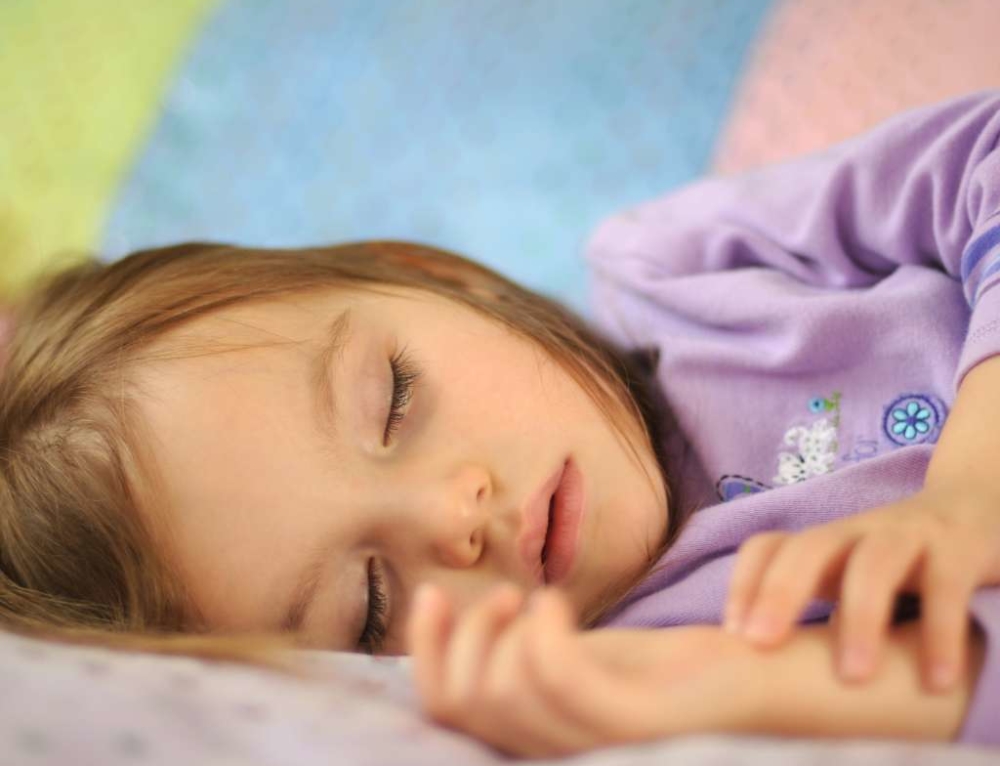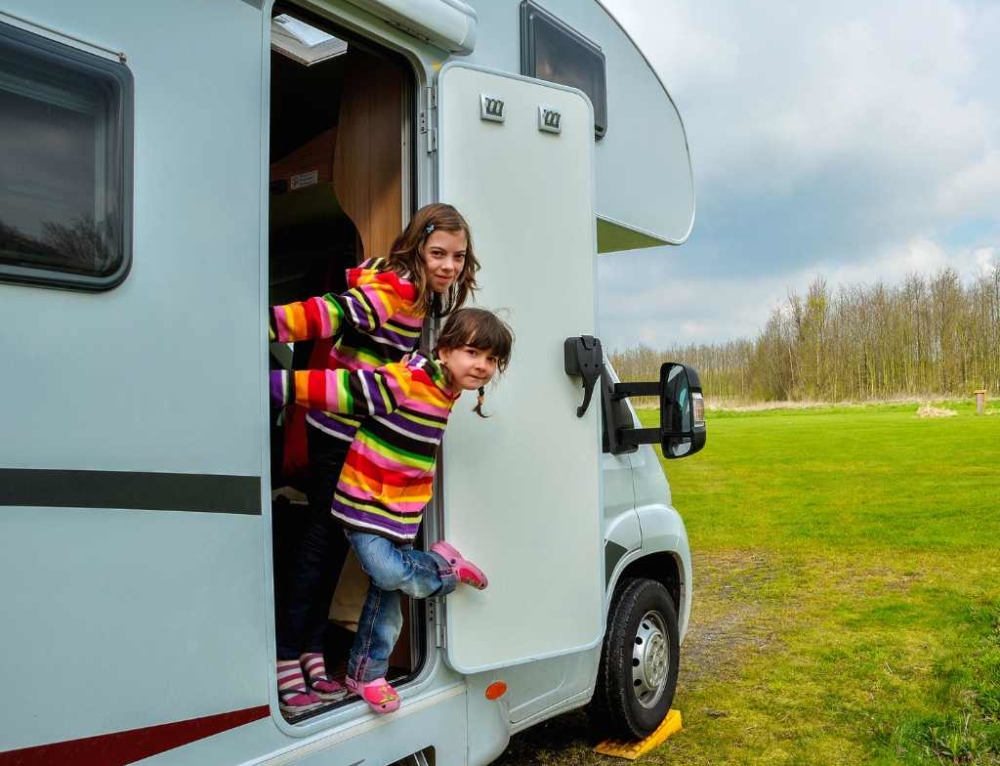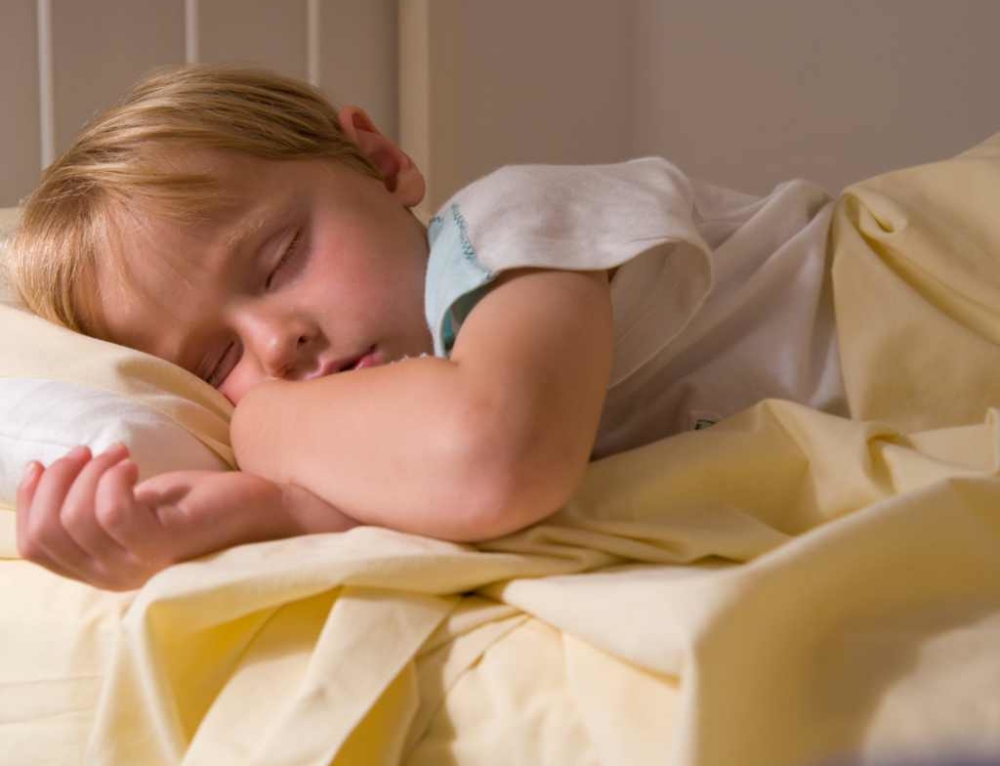Taking a deep breath isn’t always easy in New Zealand, given we have the highest asthma rates in the world with between 10 to 15% of children suffering from the condition, compared to 10 to 12% of adults. In 2014 more than 500,000 New Zealanders were taking asthma medication. With so many kids living with asthma, there are plenty of families trying to keep their kids healthy and asthma-free. Living with asthma can be a little easier with Kidspot’s top tips for managing asthma in kids.
Asthma tip one: Keep an asthma diary
Taking notes about the days and times your child suffers wheezes or asthma attacks is the best way to discover what triggers your child’s asthma. By keeping a diary you have the best chance at pinpointing exactly what gets your child wheezing. Once you have identified the likely suspects – often things like house dust, exercise, playing with pets or even something as basic as change of temperature – you can work with your child to control or reduce the trigger factors.
Asthma tip two: Keep a clean house
Almost every asthmatic child has a strong reaction to dust, and simply keeping household dust to a minimum can immediately improve your child’s asthma. While keeping your house clean, it is also worth considering removing anything that can easily collect dust – carpet is much harder to keep dust-free than floorboards or tiles; piles of soft toys and knick-knacks are great dust collectors; seasonal clothing (jumpers, scarves, jackets) can become very dusty in the off-season. Using a quality vacuum cleaner with a HEPA filter will help, as will ensuring all family members take their shoes off at the front door to leave dust and dirt outside where it belongs. Dusting regularly with microfibre cloths which you throw in the washing machine is probably a better idea than spraying plenty of cleaning products around the house and adding to the respiratory loads inside the house.
Asthma tip three: Keep a pet-free home
While your child may pine for the cuddliness of a pet cat or dog, the hair, dander and saliva that comes with them may have a seriously detrimental effect on your child’s asthma. If you already have a beloved pet you can’t bear to part with, try to keep your pet outside as much as possible and particularly limit the access your pet has to your child’s room. Never allow your pet to sleep on your child’s bed and make sure they steer clear of other family member’s clothes that might be covered in pet hair.
If you are considering a pet, think about the more asthma-friendly options such as a lizards, hermit crabs or fish. Not so cuddly but definitely safer!
Asthma tip four: Keep it a smoke-free environment
Keeping your home and car smoke-free is not hard to do these days – any parent who puffs away in the car with a child strapped into the backseat would almost be arrested! However, it is worth remembering that smoke-free means smoke-free. Ask visitors to refrain from smoking in the house or car even if your child isn’t around. Cigarette smoke has the ability to hang around long after the cigarette has been finished. Not only does it smell terrible, but it isn’t good for your child’s lungs either.
Asthma tip five: Keep your kids healthy
While it is always important for growing children to eat well and sleep well, it is more important than ever in asthmatic children. Without a balanced diet and adequate sleep, your asthmatic child can become rundown and more vulnerable to colds and coughs, which can trigger an asthma attack. Plenty of fruit and vegetables will go a long way to keeping asthma at bay.
Asthma tip six: Keep an eye on colds
If your child develops a cold, keep a close eye on any signs of asthma appearing. Early signs of asthma are much easier to manage than a full-blown asthma attack. Ensure you have an asthma management plan ready to use if early symptoms appear.
Asthma tip seven: Keep your asthma management plan up to date
When your child is first diagnosed with asthma, you will develop an asthma management plan with your GP or specialist. This plan usually has a few phases to effectively manage mild to severe asthma. An asthma plan may involve regular exercises or a particular drug regime. Once you have this plan in place, make sure that you review it with your doctor at regular intervals – after all, the plan you have in place for a 5 year old may no longer be appropriate for a 10 year old. Ensure too that any medications used to manage your child’s asthma are in date and safe to use.
Asthma tip eight: Keep your child involved
As much as possible, get your child involved in managing and understanding his/her condition. They will be much more motivated to do the right things if they understand the consequences and feel some responsibility for their health. Make sure your child understands from a young age what triggers their asthma and strategies they can use to avoid those triggers.
This article was written by Ella Walsh for Kidspot, New Zealand’s best resource for family health. Sources include Kids with Asthma and Parenting and Child Health.
Read more on Kidspot:
- The effects of a cold house on your family’s health
- The difference between hayfever and a cold
- Create an asthma-free home







Leave A Comment
You must be logged in to post a comment.